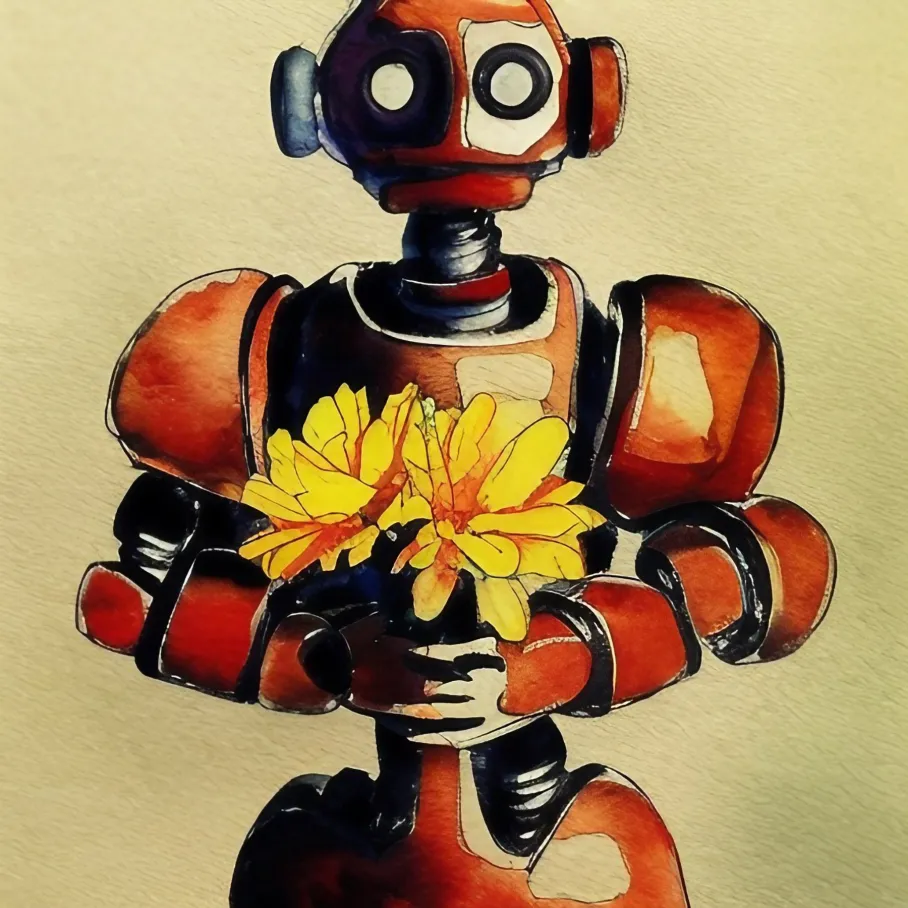October 19, 2023For a Robot

to write a poem
first
it must survive a kindergarten schoolyard trauma, a sunburn on an overcast day,
bury, in a small paper box that once held a bar of soap,
the thumbnail-sized frog that was once a polliwog it caught at Mrs. Anderson’s
pond whose tail fell off and hind legs emerged like quotation marks & had
been kept in the rinsed Best Foods mayonnaise jar
must worry a tobacco-stained grandfather’s hand
run over a jackrabbit on I-40 in the Arizona desert
get divorced
burn dinner
confess its sins
suffer food poisoning
refuse to eat blue M&M’s
hang, on a sweet-breezy July, laundry in Fishtail, Montana—eye the distant Sawtooth
Mountains & hum “Waltzing Matilda” which it learned from Miss Vineyard
in second grade
must fear thunder
rush to focus its binoculars on the wintering Lazuli Bunting
tell white lies to be kind
shout “Heavens to Betsy!”
be part of a standing ovation
endure recurring nightmares
question the crossing guard about the origin of “fingers crossed”
develop calluses as it learns to play the twelve-string banjo
have its hair smell of campfire smoke
swat, during a humid-summer dusk, at mosquitoes on a dock full of splintered
cypress wood at Half Moon Lake in Eau Claire, Wisconsin
forever dislike Brussels sprouts because it overcooked them and they smelled like
rotten eggs
must watch wind
weep at a funeral
lose anything
imagine infinity
doubt God’s existence
die a little every day
then, perhaps—
from Ekphrastic Challenge